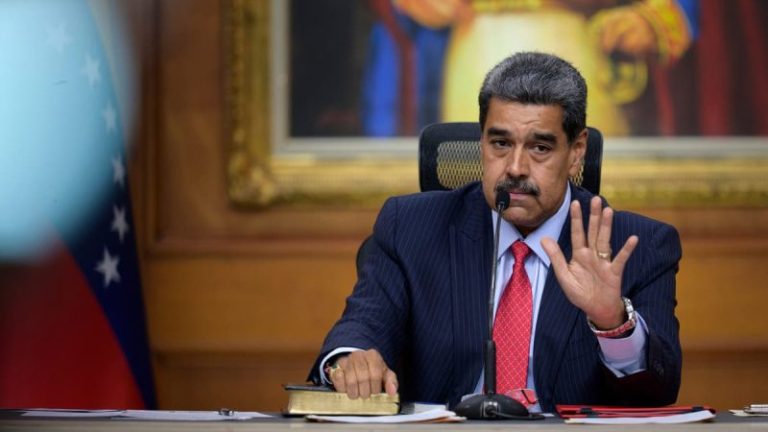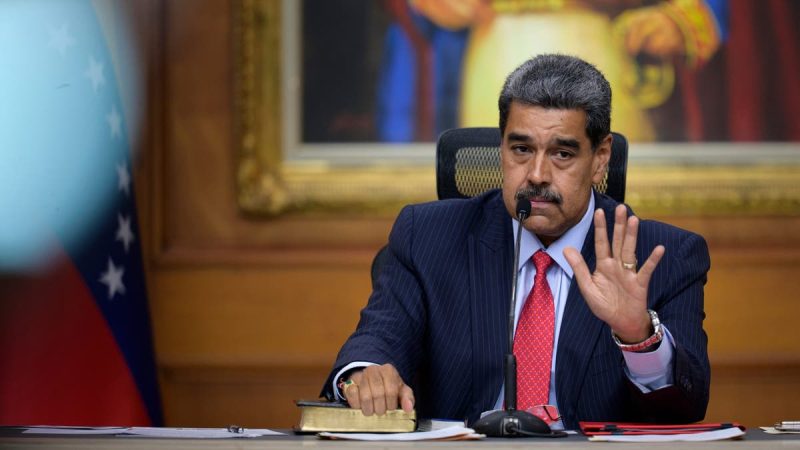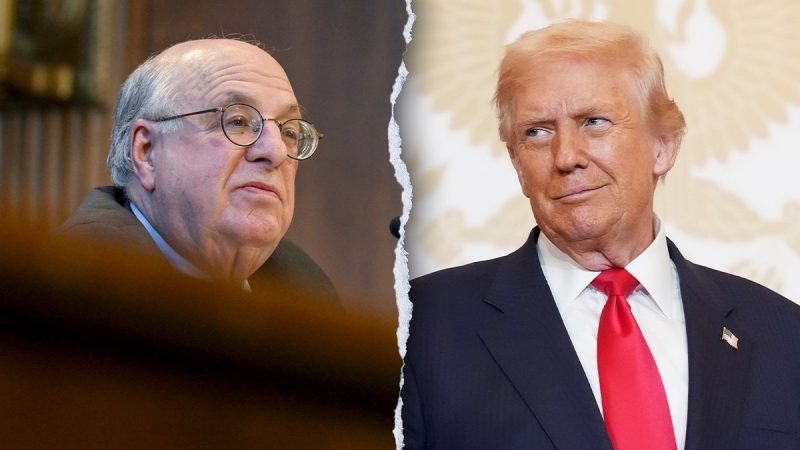

Skyharbour Resources Ltd. (TSX-V: SYH ) (OTCQX: SYHBF ) (Frankfurt: SC1P ) (‘Skyharbour’ or the ‘Company’) is pleased to announce that is has entered into a definitive and binding purchase agreement (the ‘Purchase Agreement’) with Rio Tinto Exploration Canada Inc. (‘RTEC’) to increase and consolidate its ownership interest in the Russell Lake Uranium Project (‘Russell Lake’ or the ‘Project’) through the acquisition of RTEC’s minority interest in the Project (the ‘Transaction’). The Project is strategically located in the central core of the Eastern Athabasca Basin of northern Saskatchewan, with access to regional infrastructure, including an all-weather road and powerline.
Russell Lake Project Location Map:
https://www.skyharbourltd.com/_resources/images/SKY_RussellLake.jpg
Transaction Details:
Immediately prior to closing, RTEC’s interest in the Project will be approximately 42.3%. Pursuant to the terms of the Purchase Agreement, Skyharbour has agreed to acquire 100% of RTEC’s minority interest in the Project in exchange for cash consideration of C$10 million (the ‘Purchase Price’). The Purchase Price shall consist of a C$2 million deposit payable within five business days of the date of execution of the Purchase Agreement (the ‘Deposit’) and a C$8 million cash payment at closing (the ‘Closing Payment’), which is expected to be on or before December 21 st , 2025.
Skyharbour shall grant to RTEC a 0.25% net smelter returns royalty over Russell Lake. The acquisition of RTEC’s interest in Russell Lake will increase Skyharbour’s interest in the Project to 100%, subject to several other net smelter return royalties held by third parties.
Russell Lake Uranium Project Overview:
The Russell Lake Project is a large, advanced-stage uranium exploration property totalling 73,314 hectares strategically located between Cameco’s Key Lake and McArthur River Projects, and adjoining Denison’s Wheeler River Project to the west and Skyharbour’s Moore Uranium Project to the east. The northern extension of Highway 914 between Key Lake and McArthur River runs through the western extent of the property and greatly enhances accessibility, while a high-voltage powerline is situated alongside this road. Skyharbour’s acquisition of a majority interest in Russell Lake creates a large, nearly contiguous block of highly prospective uranium claims totalling 109,019 hectares between the Russell Lake and the Moore uranium projects. Several notable exploration targets exist on Russell, including the Grayling Zone, the M-Zone Extension target, the Little Man Lake target, the Christie Lake target, the Fox Lake Trail target and the newly identified Fork Zone target. More than 35 kilometres of largely untested prospective conductors in areas of low magnetic intensity also exist on the Property. Skyharbour is the operator and owns a majority interest in Russell Lake, having formed a joint venture partnership with RTEC at the project.
Qualified Person:
The technical information in this news release has been prepared in accordance with the Canadian regulatory requirements set out in National Instrument 43-101 and reviewed and approved by Serdar Donmez, P.Geo., VP of Exploration for Skyharbour as well as a Qualified Person.
About Skyharbour Resources Ltd.:
Skyharbour holds an extensive portfolio of uranium exploration projects in Canada’s Athabasca Basin and is well positioned to benefit from improving uranium market fundamentals with interest in thirty-seven projects covering over 616,000 hectares (over 1.5 million acres) of land. Skyharbour has acquired from Denison Mines, a large strategic shareholder of the Company, a 100% interest in the Moore Uranium Project, which is located 15 kilometres east of Denison’s Wheeler River project and 39 kilometres south of Cameco’s McArthur River uranium mine. Moore is an advanced-stage uranium exploration property with high-grade uranium mineralization in several zones at the Maverick Corridor. Adjacent to the Moore Project is the Russell Lake Uranium Project, which hosts widespread uranium mineralization in drill intercepts over a large property area with exploration upside potential. The Company is actively advancing these projects through exploration and drilling programs.
Skyharbour also has joint ventures with industry leader Orano Canada Inc., Azincourt Energy, and Thunderbird Resources at the Preston, East Preston, and Hook Lake Projects, respectively. The Company also has several active earn-in option partners, including CSE-listed Basin Uranium Corp. at the Mann Lake Uranium Project; TSX-V listed North Shore Uranium at the Falcon Project; UraEx Resources at the South Dufferin and Bolt Projects; Hatchet Uranium at the Highway Project; CSE-listed Mustang Energy at the 914W Project; and TSX-V listed Terra Clean Energy at the South Falcon East Project.
In aggregate, Skyharbour has now signed earn-in option agreements with partners that total to over $36 million in partner-funded exploration expenditures, over $20 million worth of shares being issued, and $14 million in cash payments coming into Skyharbour, assuming that these partner companies complete their entire earn-ins at the respective projects.
Skyharbour’s goal is to maximize shareholder value through new mineral discoveries, committed long-term partnerships, and the advancement of exploration projects in geopolitically favourable jurisdictions.
Skyharbour’s Uranium Project Map in the Athabasca Basin:
https://skyharbourltd.com/_resources/news/SKY_SaskProject_Locator_2025_07_16_v1.jpg
To find out more about Skyharbour Resources Ltd. (TSX-V: SYH) visit the Company’s website at www.skyharbourltd.com .
Skyharbour Resources Ltd.
‘Jordan Trimble’
Jordan Trimble
President and CEO
For further information contact myself or:
Nicholas Coltura
Investor Relations Manager
Skyharbour Resources Ltd.
Telephone: 604-558-5847
Toll Free: 800-567-8181
Facsimile: 604-687-3119
Email: info@skyharbourltd.com
NEITHER THE TSX VENTURE EXCHANGE NOR ITS REGULATION SERVICES PROVIDER ACCEPTS RESPONSIBILITY FOR THE ADEQUACY OR ACCURACY OF THE CONTENT OF THIS NEWS RELEASE.
This release includes certain statements that may be deemed to be ‘forward-looking statements’. All statements in this release, other than statements of historical facts, that address events or developments that management of the Company expects, are forward-looking statements, including receipt of TSXV approval to the Transaction and the closing of the Transaction. Although management believes the expectations expressed in such forward-looking statements are based on reasonable assumptions, such statements are not guarantees of future performance, and actual results or developments may differ materially from those in the forward-looking statements. The Company undertakes no obligation to update these forward-looking statements if management’s beliefs, estimates or opinions, or other factors, should change. Factors that could cause actual results to differ materially from those in forward-looking statements, exploration and development successes, regulatory approvals including TSXV approval, and general economic, market or business conditions. Please see the public filings of the Company at www.sedarplus.ca for further information.
Holly Iervella

News Provided by GlobeNewswire via QuoteMedia




 Locksley Resources Ltd (ASX: LKY, OTCQX: LKYRF, FSE: X5L) (“Locksley” or the “Company”), is pleased to announce it has formalised a research collaboration with Columbia University, one of the United States’ premier institutions in sustainable mineral processing, to advance next-generation recovery and separation of REEs and other energy and technology critical metals from geologic resources in the Mountain Pass region, California.
Locksley Resources Ltd (ASX: LKY, OTCQX: LKYRF, FSE: X5L) (“Locksley” or the “Company”), is pleased to announce it has formalised a research collaboration with Columbia University, one of the United States’ premier institutions in sustainable mineral processing, to advance next-generation recovery and separation of REEs and other energy and technology critical metals from geologic resources in the Mountain Pass region, California. antimony processing partnership with Rice University, establishing a unified, dual-commodity U.S. technology development strategy
antimony processing partnership with Rice University, establishing a unified, dual-commodity U.S. technology development strategy















